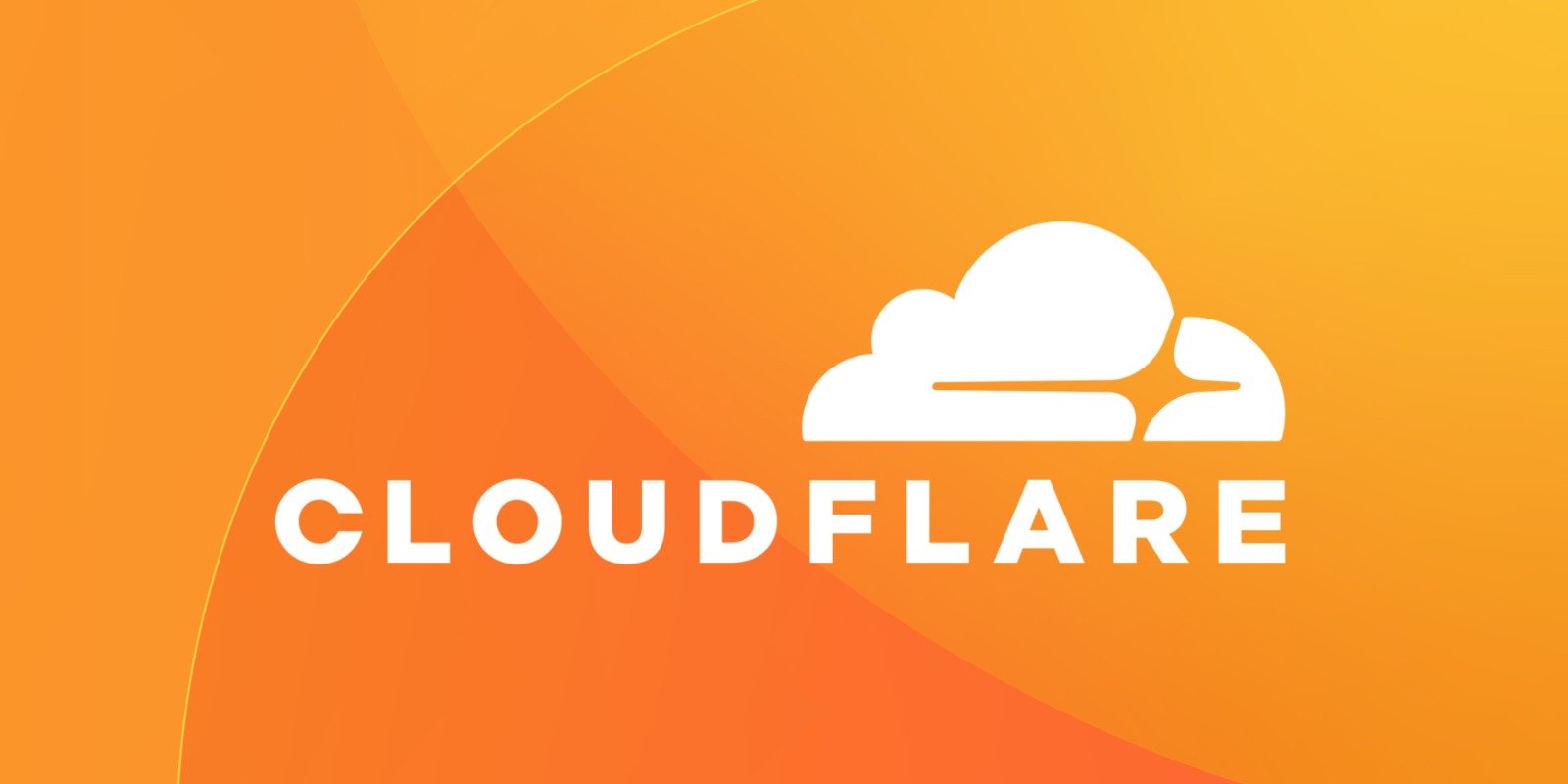Table of Contents
One morning recently, many of your favourite sites just didn’t work. Maybe you tried to open ChatGPT, checked Twitter (now X), or played a song on Spotify — and it failed. You weren’t alone. The invisible internet company behind many websites, Cloudflare, suffered a technical problem. And because so many sites rely on it, the glitch spread far and wide. In this blog, we’ll explain: what Cloudflare is, what went wrong, why it mattered, and what it means for the future of the internet.
1. What Is Cloudflare?
Cloudflare is a giant support platform that many websites use, but most people don’t see it. It offers two big services:
- Speed & delivery: It helps websites load faster by distributing their content globally (via Content Delivery Networks or CDNs).
- Security & routing: It protects websites from attacks (like DDoS attacks) and helps direct users’ traffic to the right places.
Because it’s so good at this, around 20% of all websites use Cloudflare’s services. That means when Cloudflare has a problem, a lot of sites go down — not because they have their own issues, but because the common “helper” failed.
2. What Went Wrong? The Outage Explained
On November 18, 2025, around early morning (UTC), Cloudflare experienced a major issue. A simplified breakdown:
- Cloudflare detected a spike in unusual traffic to one of its services.
- The service behind bot-mitigation (which helps block fake or malicious traffic) had a “latent bug,” and a configuration file grew beyond its expected size. This caused software crashes that affected many of its routing/security systems.
- Because Cloudflare is in the “middle” (between you and many websites), when its systems failed, many websites reported “500 errors” or simply couldn’t load. Sites like ChatGPT, X, Spotify, Canva, and others were affected.
- Cloudflare posted updates on its status page, saying it had implemented a fix and was monitoring the system.
In short, a software issue deep inside an infrastructure company caused a ripple effect across the internet.
3. Why It Rooted So Deep and Spread So Wide
You might wonder: Why did one company’s issue take down so many websites? Here are the reasons:
- Single point of failure: Because so many websites rely on Cloudflare’s infrastructure, a failure there affects many “downstream” services.
- Infrastructure chains: Websites use CDNs, DNS routing, and security layers. If one of those layers fails, the surface (website you visit) fails, even if the website itself is fine.
- Global scale: Cloudflare serves customers across continents. So the glitch wasn’t localized; it hit many places at once.
- Speed of digital life: We’re used to constant access. When it stops even for minutes, it feels huge — and businesses, streamers, gamers all notice immediately.
4. What Was the Impact?
- Many people were blocked from using popular services — ChatGPT, social media, and streaming.
- Websites tracking outages (like Downdetector) also showed a spike in reports. Some of them even struggled because they used the same infrastructure.
- Cloudflare’s reputation took a blow: their CTO/blog admitted “we failed our customers and the broader internet” in this incident.
- The event made many companies and users realise how fragile some parts of the internet really are.
5. What This Means for the Internet and For You
- Redundancy matters: Just like safety wheels on a bike, online infrastructure must have backups. If one part fails, the rest shouldn’t collapse.
- Trust and transparency: Infrastructure companies must be open about what went wrong, how they fixed it, and how they’ll prevent it.
- Your preparedness: For casual users, outages aren’t fun—but for businesses, they can mean loss of revenue, reputation, or productivity.
- Decentralisation vs central control: The more we rely on big “central” services, the bigger the risk when one fails. Maybe a more distributed internet will help in the future.
- Digital maturity: We expect websites to be available and functional at all times. This event reminds us: they don’t always. So having alternate plans (offline versions, different providers) can help.
6. What’s Next? How Can These Issues Be Prevented?
To avoid repeats of this kind of outage, the suggestions include:
- Cloudflare and similar firms should build stronger fail-safe systems, better updates/testing of config files, and real-time monitoring.
- Websites should consider multi-provider architectures: if one provider fails, they can switch to another.
- Users and businesses should stay aware: during major outages, check company status pages, use mobile data instead of WiFi, or wait rather than assuming the issue is local.
- Regulators and policymakers might push for critical infrastructure standards — just like power grids or water supplies, “internet plumbing” might get more regulation in the future.
Conclusion
Today’s internet outage at Cloudflare was a wake-up call. It showed that the smooth, always-on digital life we assume depends on hidden systems working perfectly. When one of those systems trips, many websites go dark—even though they are fine themselves. It’s like fuel lines in a car: you might have a great engine, but if fuel won’t reach it, you’re stuck.
For you: if a site goes down, don’t panic. It may not be your device—it might be wider. For the internet, this is a moment for reflection and building more resilient systems. Because the future of digital access depends not just on the sites you visit—but on the hidden ones you don’t see.
